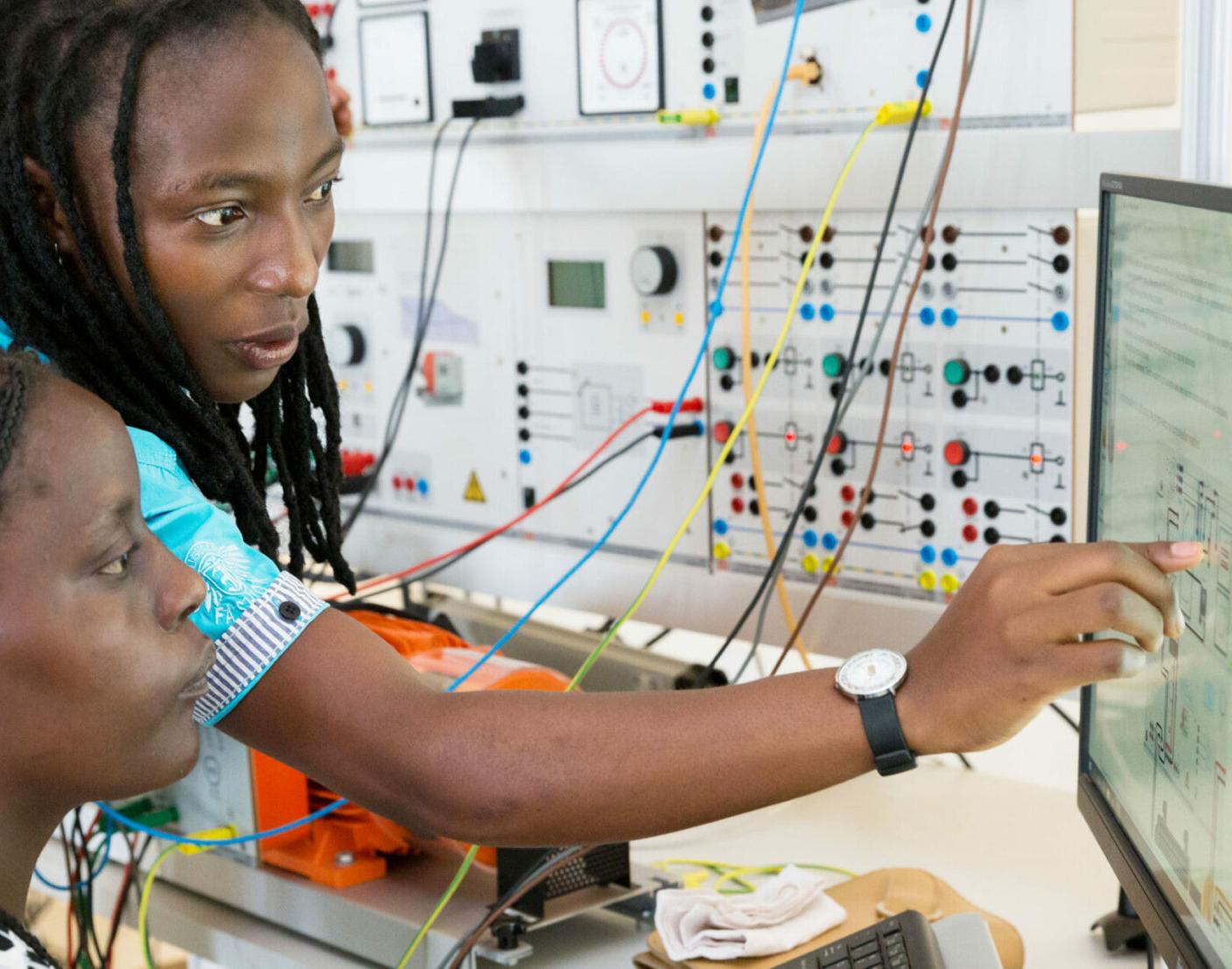
The following article was originally published on SDG Action.
Gender equality is critical to realizing all the SDGs, yet progress remains unacceptably slow. Humanity’s future demands that we urgently fix the multitudinous factors blocking women and girls from achieving their potential
Everywhere, crises continue to exact their highest toll on women and girls. Violent conflict, displacement, the growing climate emergency, the repercussions of the global pandemic, and vocal anti-feminist movements have reversed generational gains in women’s rights. UN Women’s Gender snapshot 2022 shows that Sustainable Development Goal (SDG) 5 is off track, reflecting and affecting the progress of all of the SDGs. Without change, it could take close to another 300 years to achieve full gender equality. Our sights are set on a much closer date: 2030, the endpoint for achievement of all SDGs.
There is a close correlation between gender equality and stability, resilience, poverty reduction, growth, and social cohesion. When women and girls in all their diversity live up to their full potential, they are the key to unlock our common challenges. To realize that aim we do not need to fix women – we need to fix the systems and structures that are currently preventing progress and reverse the regressive social norms that are pushing back women’s rights and limiting their full and meaningful participation. This will take collective political will, public and private-sector commitment, and accelerated action in strategic areas, including innovative tools and special measures, as well as better laws, financing, and data to tackle these key barriers. To achieve the progress we seek, we must ensure that women and girls are equally equipped and meaningfully represented in all walks of life and across all spheres of decision-making.
Solutions that tackle the current imbalances and accelerate progress through innovation and technology are being discussed this year in New York at the Commission on the Status of Women. These include bringing women and girls to the center of innovation and bridging the gender digital divide as a key enabler of women’s education, leadership, and economic empowerment. While not a full solution on their own, digital inclusion and literacy skills are critical factors for women’s and girls’ well-being and success. They are powerful amplifiers for their voice and leadership, opening new avenues for learning, earning, and leading.
Yet a significant access gap remains to be bridged: three billion people remain unconnected to the internet, the majority of whom are women and girls. The future of technology must not be a future of inequality – nor one of violence and abuse. Digital activism and movements like #MeToo demonstrated the power of collective digital action and civil society to promote change and drive increased accountability for rights violations.
New technologies, including artificial intelligence, must be designed to be unbiased, safe, inclusive, and accessible from the start – and that means ensuring that women and girls are a central part of their design, development, and deployment.
We must invest in digital, science, and technology education for girls and women in bold new ways that foster their full eligibility for 21st century jobs and leadership across all areas of life in an increasingly digital world. And we must shift power across the tech and innovation sectors and safeguard jobs and leadership positions for women there – currently they occupy only one in three positions in the industry.
Together, we can shape a future that truly and comprehensively advances women’s rights and prosperity. A future where women and girls have equal opportunities to safely and meaningfully access, use, lead, and design technology. One that ensures that building inclusive, digital economies is at the core of COVID-19 recovery efforts. And where technology contributes to transforming social norms, amplifies women’s voices, pushes back against online harassment, prevents the perpetuation of algorithmic biases, and spreads the benefits of digitalization broadly and equally to achieve the SDGs.
Go to SDG Action

